Author: Steve Thanos
After barley, wheat is the cereal grain that’s most associated with beer, and while it’s featured heavily in styles like Weissbier and Witbier, it’s regularly used in various other styles as well. In addition to imparting grainy and doughy flavor, wheat is widely believed to contribute a silky body and firm foam due to its higher protein content.
Of the two main types of wheat malt used by brewers, red wheat is said to contribute a slightly stronger doughy and grainy flavor with a hint of fruitiness when compared to its white counterpart. Like other malted grains, red wheat malt possesses the ability to self-convert and contributes a similar level of fermentable sugar as barley malt, which allows for easy substitutions.
Having used varying amounts of wheat malt in numerous styles of beer over the years, I’ve often wondered how big of an impact it actually has. With past xBmts indicating a portion of white wheat malt had little perceptible effect on neither a Kölsch nor an American IPA, I was curious how a larger portion of red wheat malt would impact a simpler British Golden Ale and designed an xBmt to see for myself!
| PURPOSE |
To evaluate the differences between a British Golden Ale made with a portion of red wheat malt and one made with only base malt.
| METHODS |
For this xBmt, I went with a simple British Golden Ale recipe, one of which was made with 100% Maris Otter while the other had 33% of grist replaced with red wheat malt.
Can’t Shake Me
Recipe Details
| Batch Size | Boil Time | IBU | SRM | Est. OG | Est. FG | ABV |
|---|---|---|---|---|---|---|
| 5.5 gal | 60 min | 39.5 | 3.4 SRM | 1.049 | 1.008 | 5.38 % |
| Actuals | 1.049 | 1.008 | 5.38 % | |||
Fermentables
| Name | Amount | % |
|---|---|---|
| Extra Pale Maris Otter® Malt | 6 lbs | 66.67 |
| Red Wheat | 3 lbs | 33.33 |
Hops
| Name | Amount | Time | Use | Form | Alpha % |
|---|---|---|---|---|---|
| Cascade | 28 g | 60 min | Boil | Pellet | 5.5 |
| Cascade | 14 g | 30 min | Boil | Pellet | 5.5 |
| Cascade | 28 g | 15 min | Boil | Pellet | 5.5 |
| Cascade | 28 g | 5 min | Boil | Pellet | 5.5 |
Yeast
| Name | Lab | Attenuation | Temperature |
|---|---|---|---|
| Pub (A09) | Imperial Yeast | 74% | 32°F - 32°F |
Notes
| Water Profile: Ca 36 | Mg 12 | Na 9 | SO4 27 | Cl 17 |
Download
| Download this recipe's BeerXML file |
After collecting 2 sets of water and lighting the flame to get them heating up, I weighed out and milled the grains for each batch.
Once the water for each batch was adequately heated, I incorporated the grains then checked to make sure both were at the same target mash temperature.
While the mashes were resting, I prepared the kettle hop additions.
When each 60 minute mash was complete, I removed the grains then boiled the worts for 60 minutes before chilling them and taking refractometer readings showing they were at the same target OG.
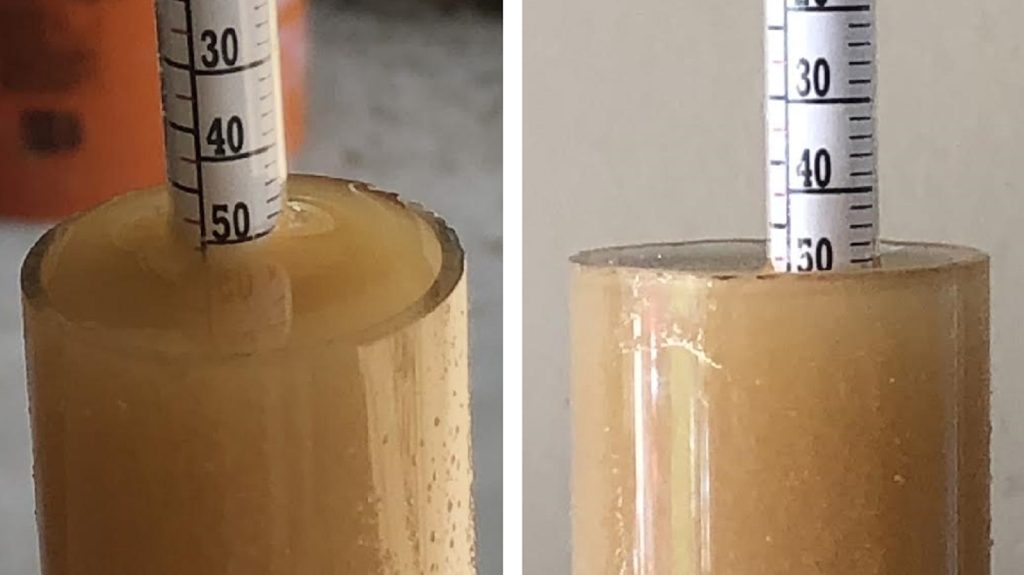
The filled carboys were placed in my chamber and left to finish chilling to my desired fermentation temperature of 66°F/19°C for a few hours before I pitched a pouch of Imperial Yeast A09 Pub into each.
With signs of fermentation activity absent after a week, I took hydrometer measurements showing the beers had reached the same target FG.
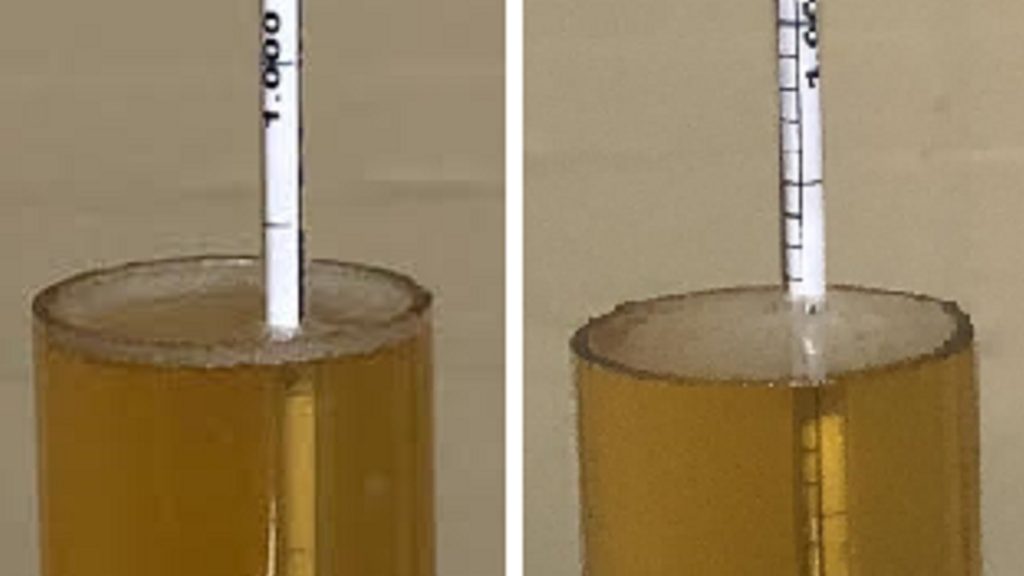
I then transferred the beers into the kegs and placed them on gas in my keezer where they were left to condition for a couple weeks before they were ready to serve.

| RESULTS |
A total of 20 people of varying levels of experience participated in this xBmt. Each participant was served 2 samples of the beer made with red wheat malt and 1 sample of the beer made without red wheat malt in different colored opaque cups then asked to identify the unique sample. While 11 tasters (p<0.05) would have had to accurately identify the unique sample in order to reach statistical significance, just 6 did (p=0.70), indicating participants in this xBmt were unable to reliably distinguish a British Golden Ale made with 33% red wheat malt from one made with all base malt.
My Impressions: Out of the 5 semi-blind triangle tests I attempted, I correctly identified the odd-beer-out 3 times, but I must admit those were just lucky guesses. These beers tasted identical to me, both being nice examples of British Golden Ale that I was happy to have on tap.
| DISCUSSION |
Wheat is a cereal grain commonly used in various styles of beer, and while there are flaked and torrefied options, malted wheat is the most prevalent among brewers. Possessing a higher protein content than barley malt, red wheat malts is said to impart a noticeable grainy sweetness while contributing to body and foam quality. Interestingly, tasters in this xBmt were unable to reliably distinguish a British Golden Ale made with 33% red wheat malt from one made with all base malt.
One possible explanation for these results is that the amount of wheat used simply wasn’t enough to overcome the other characteristiscs of the beer. However, it’s widely held that as little as 5% wheat malt can be used to enhance body, mouthfeel, foam, so the 33% usage rate in this xBmt was certainly expected to have a noticeable impact.
While these results align with those from past xBmts on the same topic, which I find fascinating, I’ve no plans to stop using wheat malt altogether, though I am questioning the reliance on this proteinaceous malt as a means of amping up certain characteristics in styles that aren’t specifically wheat-based.
If you have any thoughts about this xBmt, please do not hesitate to share in the comments section below!
Support Brülosophy In Style!
All designs are available in various colors and sizes on Amazon!
Follow Brülosophy on:
FACEBOOK | TWITTER | INSTAGRAM
If you enjoy this stuff and feel compelled to support Brulosophy.com, please check out the Support page for details on how you can very easily do so. Thanks!


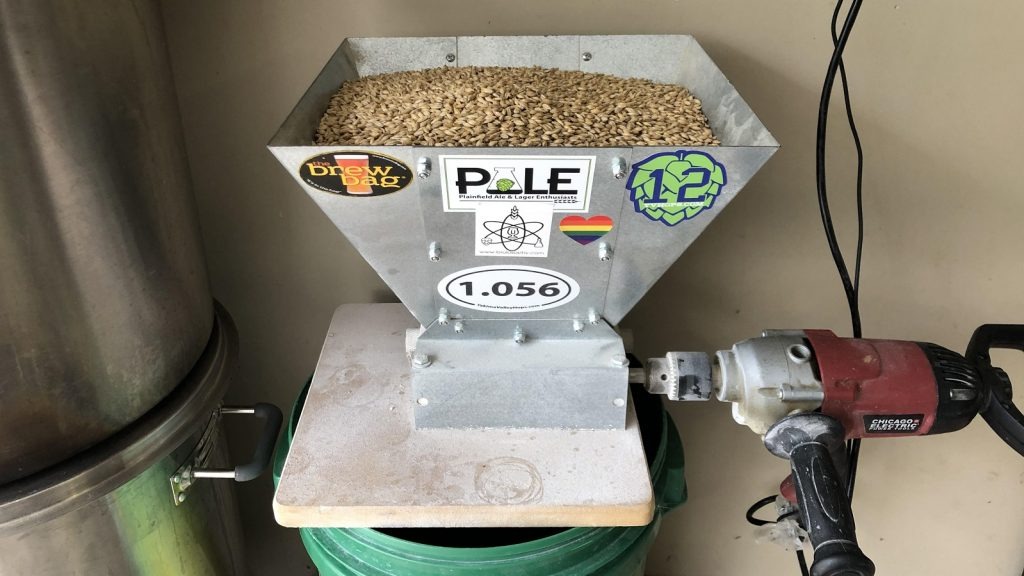
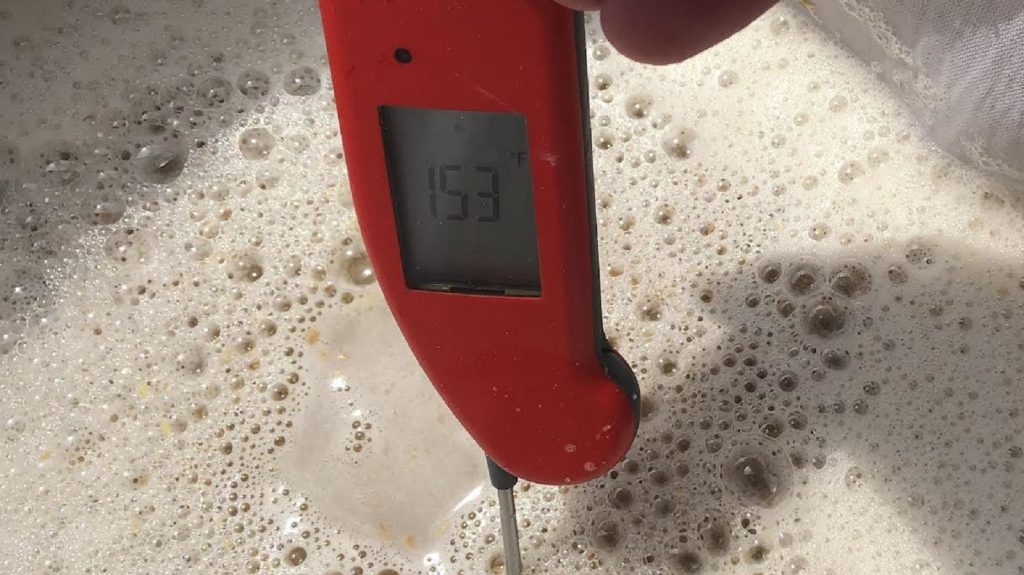
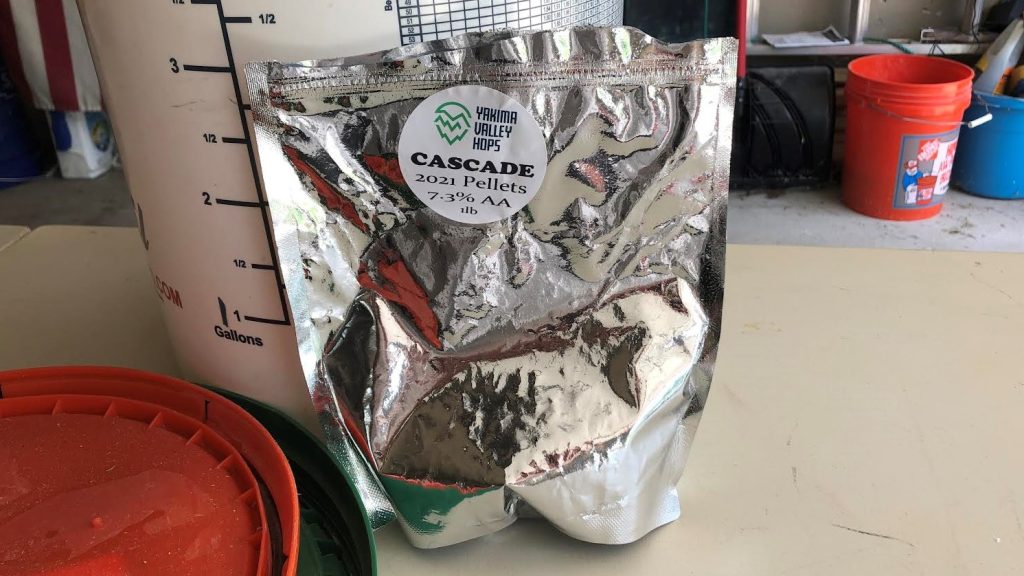
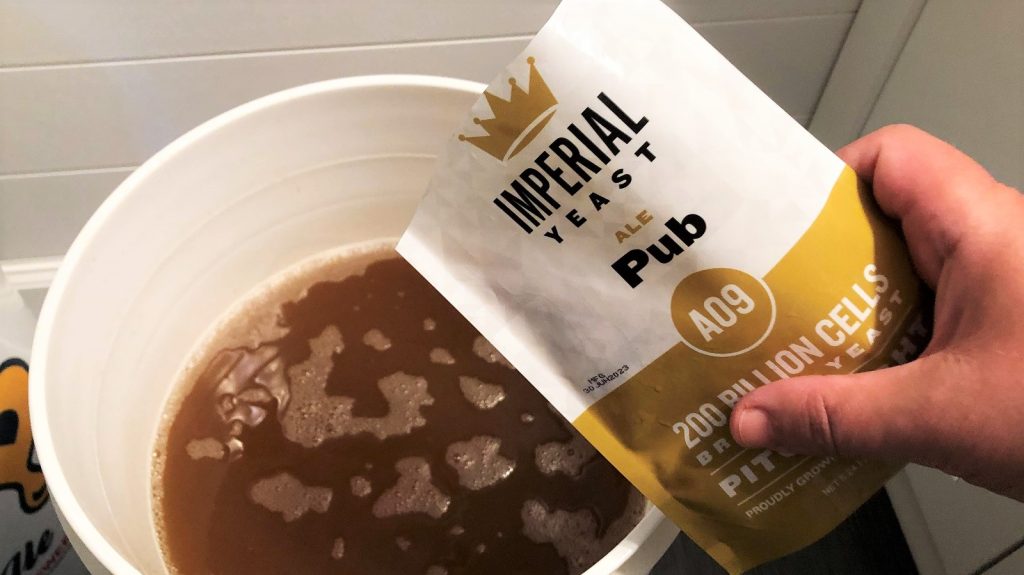











4 thoughts on “exBEERiment | Impact Red Wheat Malt Has On A British Golden Ale”
I was not expecting that result when reading the article. It makes me wonder if tasters could identify a witbier made without wheat. I think I could tell, but could I?
Find out andbrew them. Then let us know.
This is not about this review. It’s about the structure of the presentations. Pictures of brewing setups, filled mills, kettles, pitching yeast, final gravity. Frankly, this is less than informative. It’s boring. The one picture that isn’t is the final in glass result. I trust that home brewers are going to report the facts regarding gravity and process and encourage doing it. What I have started to do is read the reason, the recipe, the in glass picture, and final report. Brulosophy does a great job. I always read the xBmts. Bru has confirmed my own observations on many topics. Brewing is very forgiving :>). So, please take this is constructive criticism as it is intended. Thanks for doing such a great job.
Thanks for reading.